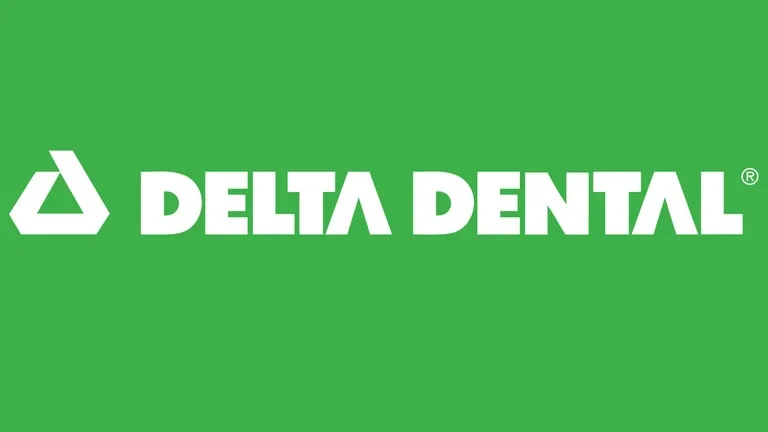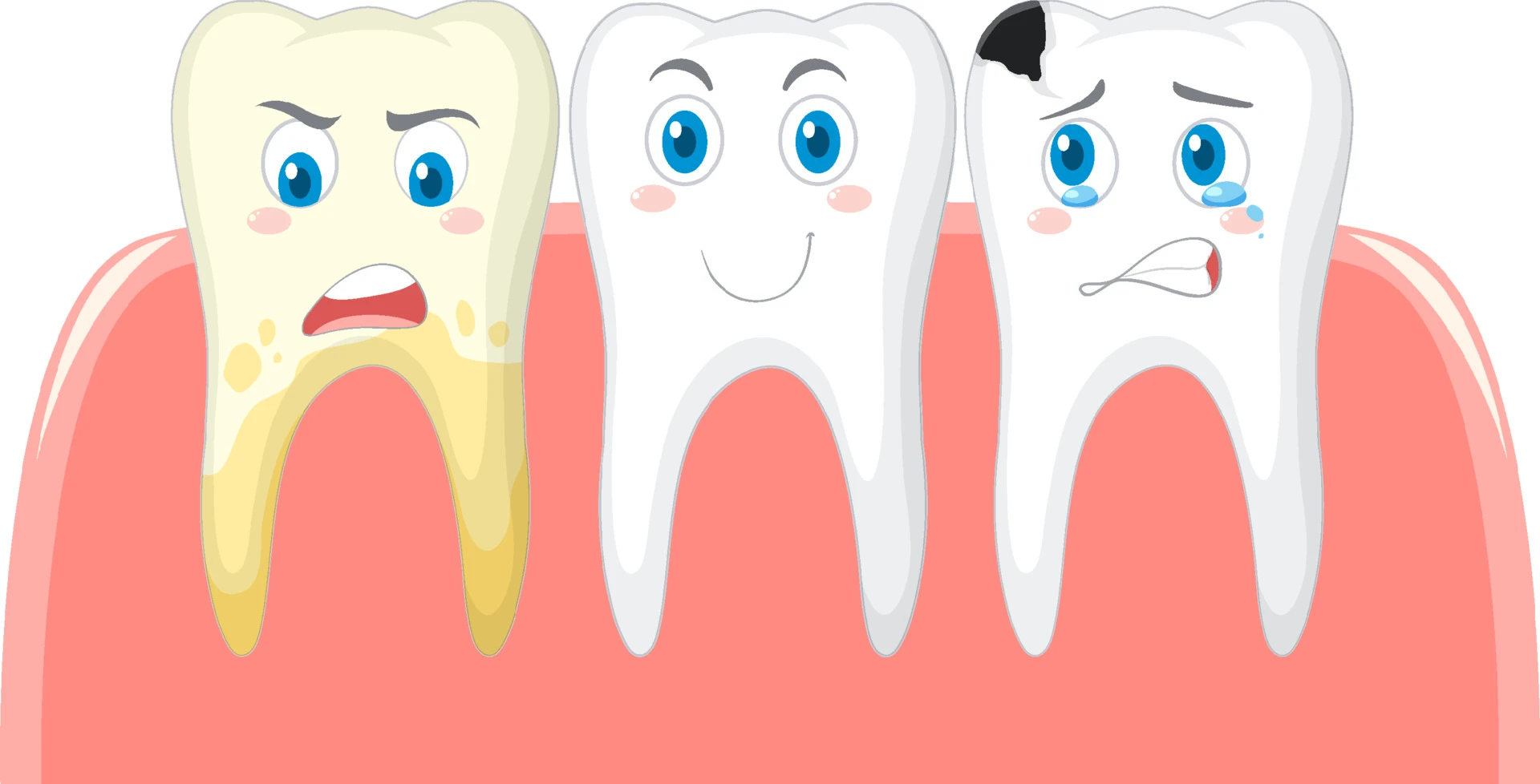Coverage and Scope:
A crucial aspect to delve into when shopping for dental insurance is understanding the coverage and scope that each plan offers. You want to ensure that the plan you select caters to your dental needs comprehensively. Take a closer look at the procedures and treatments that are covered under the dental insurance plan and the extent of coverage for each. This will help you avoid any surprises and unexpected out-of-pocket expenses when seeking dental care.
It is advisable to opt for a plan that offers ample coverage for common dental procedures such as cleanings, fillings, and root canals. Additionally, explore if the plan extends coverage to more specialized treatments like dental implants or orthodontics, should you require them. By understanding the level of coverage, you can make informed decisions when it comes to your dental health and avoid any financial burdens that may arise from limited coverage.
Remember that different dental insurance plans may offer varying degrees of coverage and may have specific limitations. Don't hesitate to ask questions and seek clarification about what is covered and what is not. By thoroughly evaluating the coverage and scope of different plans, you can choose the one that best suits your dental care needs, giving you peace of mind when it comes to your oral health and financial well-being.
Cost and Premiums:
Consider the cost of the dental insurance plan and the premiums you'll have to pay. Compare different plans to ensure you're getting the best value for your money. Take into account not only the monthly premiums but also any deductibles, copayments, or coinsurance you'll be responsible for. Remember, a lower premium might mean higher out-of-pocket costs when you actually need dental care.
Network of Dentists:
- Inclusion of Dentists in the Network: One important factor to consider when shopping for dental insurance is the inclusion of dentists within the network. Check if the dental insurance plan has a comprehensive network of qualified, experienced dentists in your area. Having a network of dentists can provide you with convenient access to dental care and potential cost savings. It's worth noting that some plans may allow you to see any dentist you choose, while others may require you to visit dentists within their network for maximum coverage. Exploring the network options will help you make an informed decision based on your preferred dental professionals and their locations.
- Preferred Provider Organizations (PPOs): Certain dental insurance plans operate under a preferred provider organization (PPO) model. These plans offer a list of preferred dentists within their network, and visiting an in-network dentist often results in reduced costs. PPO plans generally provide more flexibility in terms of choosing a dentist, as you're not limited to seeing only dentists within the network. While you can still opt to visit out-of-network dentists under a PPO plan, there may be higher out-of-pocket expenses involved.
- Health Maintenance Organizations (HMOs) and Exclusive Provider Organizations (EPOs): Other dental insurance plans might function as health maintenance organizations (HMOs) or exclusive provider organizations (EPOs). With an HMO plan, you're typically required to choose a primary dentist within the network who will oversee your dental care. Under this model, you usually need referrals from your primary dentist for specialist visits. EPO plans, on the other hand, have a network of dentists to choose from, and while referrals may not be necessary, accessing care outside of this network can incur higher costs. Evaluating the different dentist network options will enable you to determine which plan aligns best with your preferences and dental care needs.
Orthodontic Coverage:
- Coverage for Orthodontic Treatment: It's essential to carefully consider the orthodontic coverage provided by dental insurance plans when you're in the process of shopping. Orthodontic treatment, such as braces or Invisalign, can be a significant investment, particularly for individuals or families seeking to correct teeth alignment issues. Look for comprehensive dental insurance plans that offer coverage for orthodontic treatment. This coverage may vary, so it's important to understand the percentage of expenses covered by the insurance plan, as well as any waiting periods or limitations that may apply.
- Different Levels of Orthodontic Coverage: Dental insurance plans often provide different levels of orthodontic coverage to accommodate varying needs. Some plans may offer coverage for children's orthodontics only, while others may extend coverage to include adults as well. Assess your specific requirements and the needs of your family members to select a dental insurance plan with the appropriate orthodontic coverage. Keep in mind that orthodontic coverage may have separate lifetime or annual maximums, so it's beneficial to consider the maximum amount the plan will pay for orthodontic treatment.
- Orthodontic Waiting Periods: Be aware that some dental insurance plans may require waiting periods before orthodontic coverage becomes effective. Waiting periods can range from a few months to a year or more, during which time orthodontic treatment expenses may not be covered. If you anticipate the need for orthodontic treatment in the near future, consider dental insurance plans that have shorter or no waiting periods for orthodontic coverage.
Exclusions and Limitations:
It's crucial to familiarize yourself with the exclusions and limitations of dental insurance plans while shopping for coverage. Exclusions refer to specific dental procedures or treatments that are not covered by the plan. These exclusions can vary greatly between insurance providers and plans. Some common exclusions may include cosmetic dentistry procedures like teeth whitening or elective procedures deemed non-essential by the insurance provider.
Additionally, dental insurance plans may have limitations on certain treatments or procedures. These limitations may include waiting periods before coverage applies, restrictions on the frequency of certain treatments (e.g., X-rays or cleanings), or limitations on the number of dental visits covered in a specific time period. Understanding these limitations is vital to avoid any unexpected costs or disappointment when seeking dental care.
Take the time to carefully review the exclusions and limitations section of the dental insurance plan documentation. Being aware of these details will allow you to make informed decisions about which plan best suits your needs and expectations. If there are specific treatments or procedures that are important to you, make sure to inquire about their coverage to ensure you select a plan that meets your dental care requirements.
Maximum Coverage Limit:
Find out if the dental insurance plan has a maximum coverage limit per year. This limit is the maximum amount the plan will pay for dental care within a specific period. If you anticipate needing extensive dental treatment, consider plans with higher coverage limits.
Coverage for Preventive Care:
Pay attention to the coverage for preventive care, such as regular check-ups and cleanings. Many dental insurance plans offer 100% coverage for preventive services, as these are essential in maintaining good oral health. Look for plans that prioritize preventive care to help you avoid costly dental issues in the future.
Customer Reviews and Satisfaction:
Lastly, take the time to read customer reviews and assess overall satisfaction with the dental insurance plan you're considering. This will give you insight into the plan's reliability, customer service, and ease of claims process. Make sure to choose a plan that is highly regarded by its members for a positive dental insurance experience.



